The Danish parliament last month voted to ease some work permit requirements, in a move designed to make it easier for companies to hire internationally.
The amendments came into effect on April 1st, easing rules on a number of work permit application schemes including the Fast Track Scheme, a programme which allows certified companies to employ foreign nationals with special qualifications more quickly and easily than through the standard pathway.
The new rules allow companies with as few as 10 employees to register for the scheme, a reduction from the minimum of 20 under the old rules.
READ ALSO:
- What are Denmark’s new residence permit rules for foreign students who have graduated?
- Pay Limit Scheme: What to know about the changes to Denmark’s work permit programme
The Fast-track Scheme allows certified companies to employ foreign nationals with special qualifications more quickly and easily than through the standard pathway. It also allows the employees to work both in Denmark and abroad. This means that as a highly qualified employee, you can have a quick and flexible job start in the certified company.
In short, employers, by registering for the scheme, can enable their foreign hires to be granted a temporary work permit so they can start their job immediately after arriving in Denmark, or – if the employee is not exempted from Danish visa rules – get them a permit including an entry visa within 10 days.
The new rules that took effect on April 1st 2023 expand the Fast Track Scheme by giving it a “fifth track”. Additionally, companies with as few as 10 employees can register for the scheme, a reduction from the minimum of 20 under the old rules.
The new, fifth track can be applied for by third-country (non-EU) nationals employed by a certified company with an annual salary of at least 375,000 kroner. This is equivalent to the pay limit amount of the new Supplementary Pay Limit scheme.
In some instances, you will need Danish authorisation or temporary authorisation for your profession in order to be granted the work permit. This primarily applies to professions which are regulated by law, such as lawyer, financial advisor, or doctor, for example.
The new fifth track – the supplementary pay limit track – now exists alongside the four other tracks. These include the regular pay limit track, which still has a higher minimum salary of 465,000 kroner. It can also be distinguished from the supplementary track because the new track has criteria related to the national unemployment level and a requirement for the employer to advertise the job on specified portals.
Other tracks are targeted at short term workers, researchers, and people who will be receiving or giving training during their stay in Denmark.
More detail on each of the tracks can be found on the website of the Danish Agency for International Recruitment and Integration (SIRI), the agency which processes work permit applications.
A step-by-step guide to submitting an application for a Danish work permit under the Fast Track Scheme can be found on SIRI’s website.

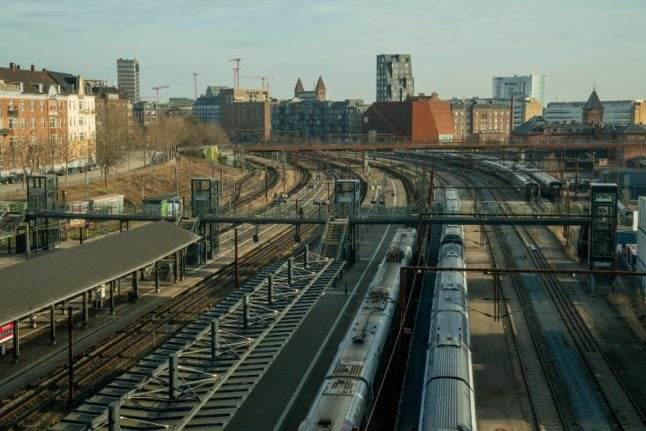
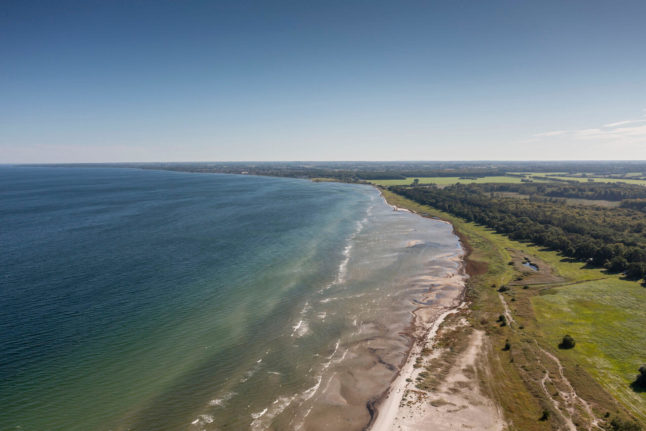
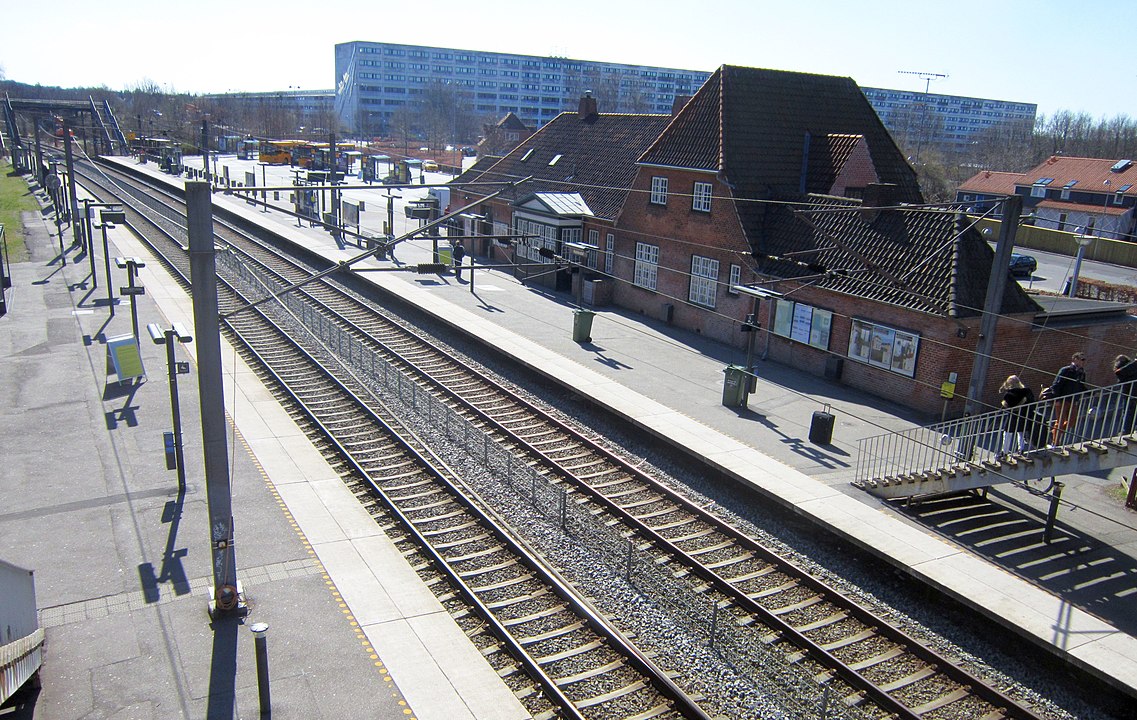
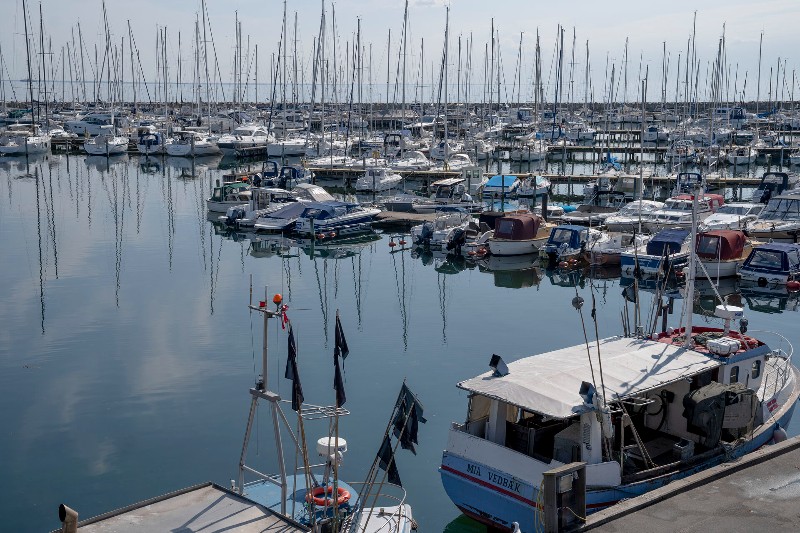
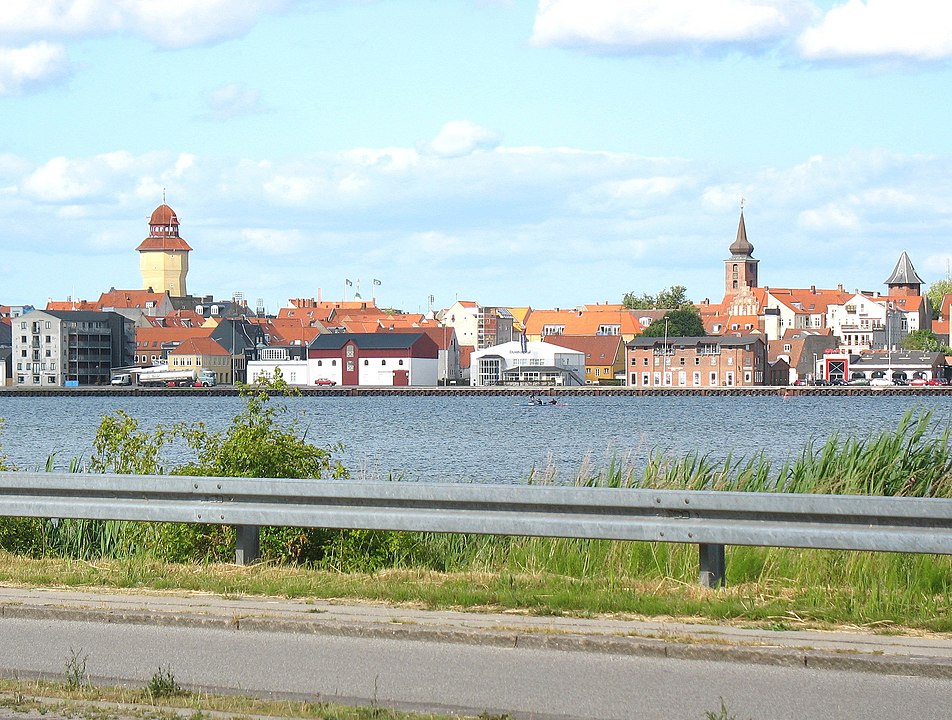
 Please whitelist us to continue reading.
Please whitelist us to continue reading.
Member comments